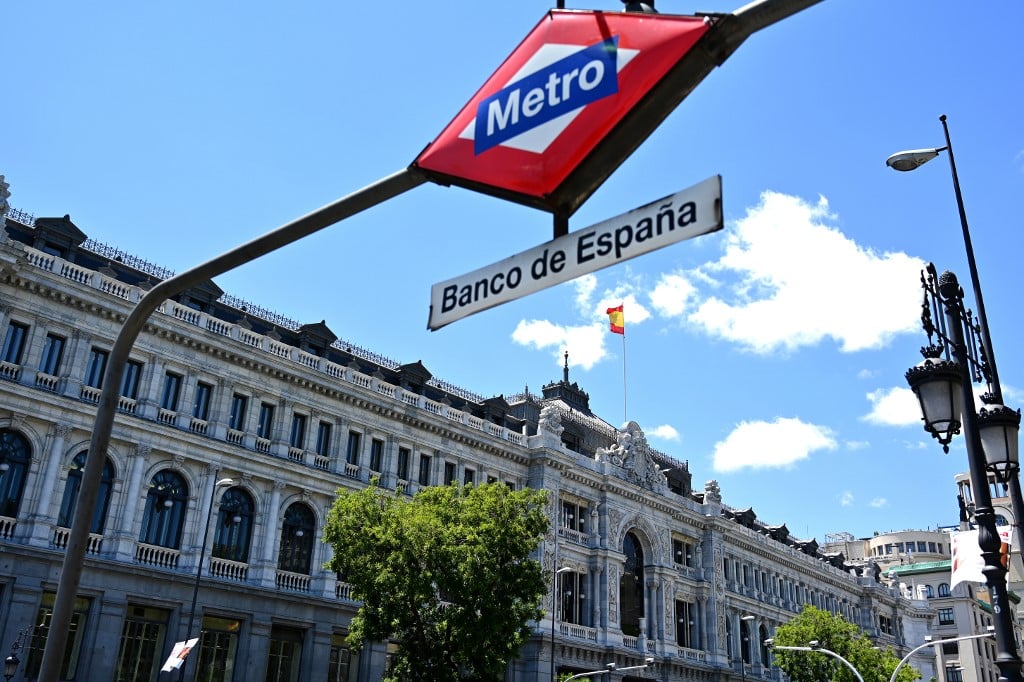The Spanish government announced that it will extend the deadline on exchanging the old currency in the hope that people can be persuaded to trade them in.
At the beginning of this year, the Bank of Spain insisted that the final date for exchanging old peseta notes and coins for their euro equivalent was December 31, 2020.
But an extension announced by the government on Tuesday means they can now be traded in anytime up to September 2021.
Ministers Nadia Calviño, Minister of Economic Affairs and Digital Transformation said: “The deadline to exchange pesetas for euros is extended until September 2021”.
Any notes produced during the Franco era, which ran from the end of the Civil War in 1939 until the dictator's death in 1975 can be automatically changed by the Bank of Spain.

Those issued during the conflict can also be exchanged but the process will involve them being analysed by experts to confirm their authenticity.
And any coins still in circulation at the time that euros were brought in on New Year's Day in 2002 can also be exchanged at Bank of Spain headquarters in Madrid.
The exchange rate offered by the Bank of Spain is 1 euro = 166,386 pesetas but the bank advised that commemorative coins and notes may be worth more as collectors' items than for their face value, which is all that will be offered in the exchange scheme.
The Bank of Spain estimates that pesetas worth some €1.61 billion have been squirreled away.
Many will never see the light of the day and others have become collectors' items now worth more than their exchangeable value.
Spain adopted the Euro at the start of 2002 but pesetas were still legal currency during a transition period that lasted the first three months of that year.
Exchanges can be made in person at the Banco España building on Madrid's Calle Alcala or via a postal or online service, even available to those abroad. For more information check out the official webpage of the Banco España HERE.
READ MORE:




 Please whitelist us to continue reading.
Please whitelist us to continue reading.
Member comments